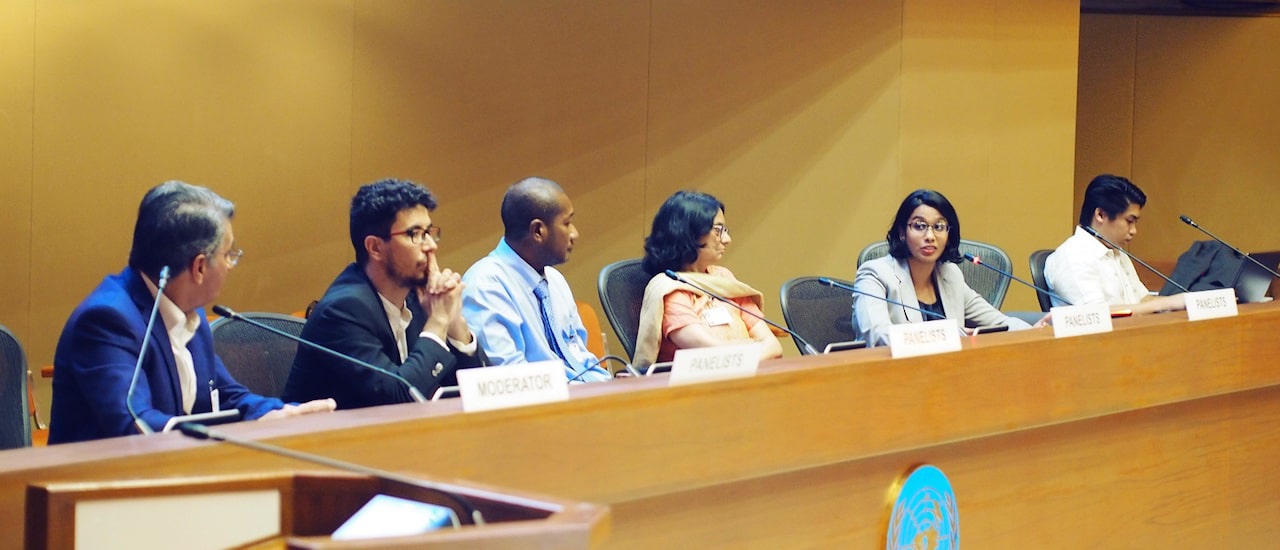Community networks (CNs) offer a solution to connect the unconnected billions. They are becoming all the more important as recent trends reveal a slowdown in Internet connectivity growth through national operators in the Asia-Pacific region.
Late August, the Internet Society and the United Nations Economic and Social Commission for Asia and the Pacific organized the Asia-Pacific Regional CN Summit 2019 in Bangkok, Thailand. The event brought together about 110 participants that included high-level government officials from Asia and the Pacific, and a multidisciplinary group of regional experts on community networks, civil society groups, industry representatives, and academics and researchers to deliberate on critical issues surrounding CNs.
What are Community Networks?
They are “do-it-yourself” networks built by people for people. They are not just connecting communities, but are empowering rural and remote communities to improve their lives. Speakers and participants at the Summit shared some successful examples from the region, including India’s Garm Marg Rural Broadband Project, which has improved communities’ access to government and financial services, Nepal’s community networks, which have helped communities recover from the devastating Gorkha Earthquake in 2015 and prepare for future disasters, and Pakistan’s community network, which has enhanced learning for girls at a remote rural school.
These successes, however, are too few and far between. Community networks generally face a number of challenges that require policymakers and regulators’ consideration so that they can thrive and grow. For instance, CNs are often unable to navigate the complex legal requirements for registration, licensing, and permitting and unable to cover their associated costs. Other common challenges faced by CNs are related to the technical, economical, and human capacity aspects, particularly towards ensuring the sustainability of community networks. Many have started with grant funding but struggle to transition to a revenue-based model to sustain the network when grant funding ends.
Five Key Takeaways
Strategies for addressing these challenges include the following:
- The first step in building community networks is getting the communities interested and committed to running their own networks to serve their needs. Communities may not immediately see the value of these networks and the process of raising awareness on the benefits takes time. Once community members see the value of the Internet, they could be more willing to sustain the community network.
- Community networks development requires a multistakeholder approach. For them to thrive and grow, they require community commitment, technical expertise, financial investments, and government support in providing a favorable policy and regulatory environment. The first step towards regulatory reform is to broaden the dialogue to involve not only regulators and telecom operators, but also small network operators, cooperatives and entrepreneurs, and stakeholders in other sectors, such as agriculture and finance, that are part of the digital ecosystem.
- Community networks are a solution for sustainable rural development and contribute to achieving the SDGs. They are not tech gigs to simply connect the communities. Initiatives are focused on developing skills, promoting opportunities, and empowering rural and remote communities to improve their lives and achieve their own social and economic development goals through the use of broadband technologies. Community networks need to move out of the techies’ domain and be conceptualized as a solution for sustainable development.
- Policymakers and regulators need to ease regulatory requirements and increase financing options for non-profit and small-scale operators. They include tax and fee exemptions or reductions for community networks, setting aside spectrum at a reduced cost, and allowing community networks to apply for funding from Universal Access and Service Funds, which are often accessible to incumbents and big telecom players only.
- Integrate inclusive approaches in community network development that take into consideration the needs of marginalized groups, including women, children and youth, older people, persons with disabilities, and Indigenous people. Until their unequal access to the Internet and to devices is addressed, the Sustainable Development Goals will not be achieved.
Thank you to everyone who joined us at the Asia-Pacific Regional Community Network Summit 2019. For those who missed the event, you can read the report and watch the video recording of the event.
The Internet is for everyone. Learn more about community networks and join the global movement to help close the digital divide!

